Deputy Prime Minister Tran Hong Ha: In addition to urban and rural spaces, planning needs to pay more attention to other spaces such as buffer zones of urban areas, rural residential areas... - Photo: VGP/Minh Khoi
The Deputy Prime Minister raised the issue: Planning needs to comprehensively assess the situation of organization and implementation of urban and rural system development, the role of urban and rural planning tools, current shortcomings and problems, as well as propose innovative thinking, suitable for future trends.
"The planning must clarify the legal basis, criteria, new and difficult issues arising in relation to specialized national planning," said the Deputy Prime Minister, hoping that Council members and reviewers would "send" their thoughts and directions so that the Planning can truly come to life.
Urban is the driving force, rural is the foundation
According to the consultant's report, before the time of the Planning, many national, regional and specialized urban centers had appeared in the country, initially forming national and regional urban areas. Urban administrative space expanded at the three levels of province, district and commune. Rural urbanization took place in many places.
However, the role of urban areas in regional economic linkages is still weak, and urban economic competition with countries in the region is not yet possible. Many urban areas lack development motivation. Infrastructure investment resources cannot meet the increasing needs of the urban population. Urban development space is being spread out and expanding faster than the rate of population urbanization. Rural areas do not have national planning.
Cultural potential to create a living environment with identity has not been exploited. There is still a gap in development policies between urban and rural areas.
The top view of the Planning is to develop urban areas to become the driving force and play a core role in economic development. Rural areas are the foundation for sustainable urban development.
Urban and rural spaces are linked to national socio-economic development space and zoning, with focus and key points, effectively linked to the infrastructure system, especially key national projects.
By 2030, the urbanization rate of the whole country is expected to reach over 50%, with about 1,000-1,200 urban areas including 4 urban areas ( Hanoi , Ho Chi Minh City, Da Nang City, Can Tho City); central cities with a population of over 1 million people; central urban systems at the regional, provincial, district levels and chains, clusters of urban areas, specialized areas at the national and regional levels; networks of medium and small urban areas in border, coastal and island areas. Urban areas will contribute about 85% of GDP to the economy.
Rural areas are planned, developed comprehensively, modernly, greenly, cleanly, and beautifully, associated with the urbanization process; have synchronous infrastructure and social services that are close to urban areas; preserve and promote national cultural identity; transform economic structure and organize production reasonably, creating sustainable livelihoods; maintain rural social stability, improve people's knowledge, ensure security and order... The goal set for 2030 is that 90% of communes nationwide will meet new rural standards, of which 50% will meet advanced rural standards.
The core strategy for urban and rural development focuses on addressing shortcomings and limitations in network distribution; inter-sectoral integration with environmental protection; economic, cultural and social development; and governance.
The national technical infrastructure system is organized on a regional and inter-regional scale in a synchronous and modern manner, including transportation, drainage, clean water supply, waste collection, energy supply, and telecommunications.
The landscape architecture of each region, urban and rural area needs to have its own identity, suitable to the conditions and level of development, in harmony between historical and cultural traditions and new development requirements.
The plan also provides important directions and principles on environmental protection, climate change response; regional and sectoral linkages; land use;… in urban and rural areas.
"Planning does not stop at orientation but must provide a clear legal basis, viewpoint, and method for specific measures to overcome current shortcomings and weaknesses in urban and rural areas, before moving towards higher goals in the future. "Planning needs a long-term vision but must also prevent and immediately overcome current shortcomings and limitations," said the Deputy Prime Minister.
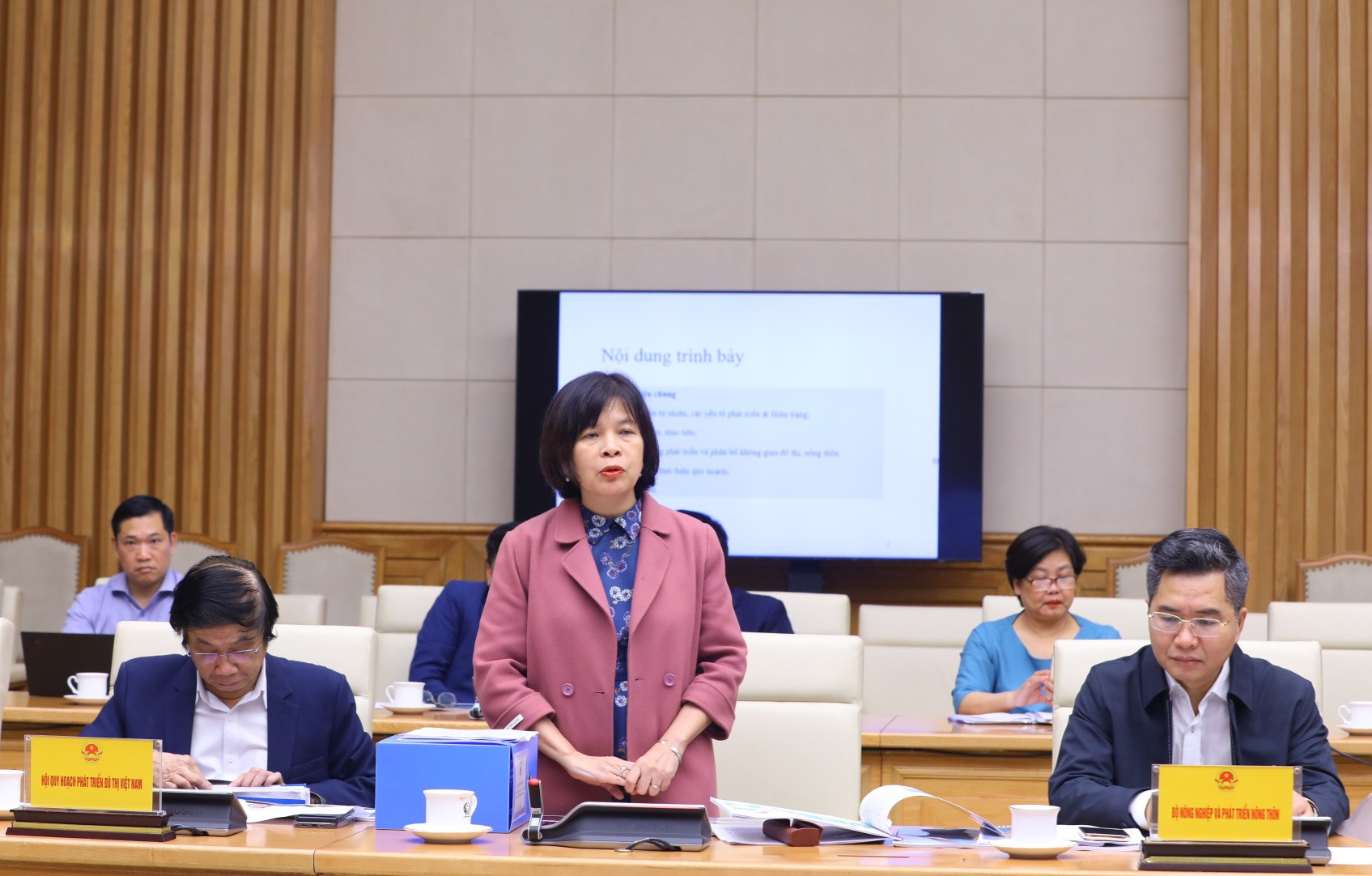
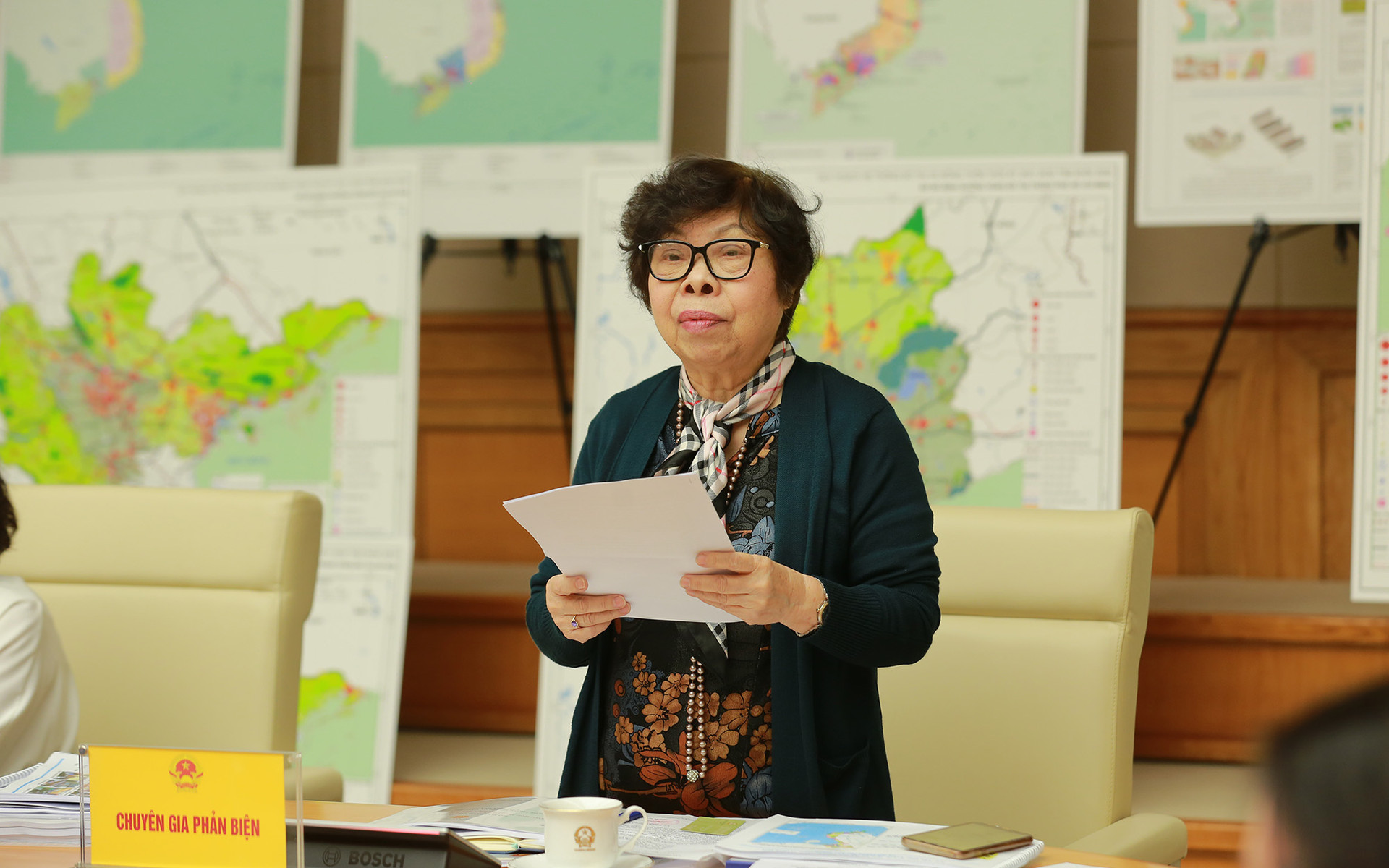
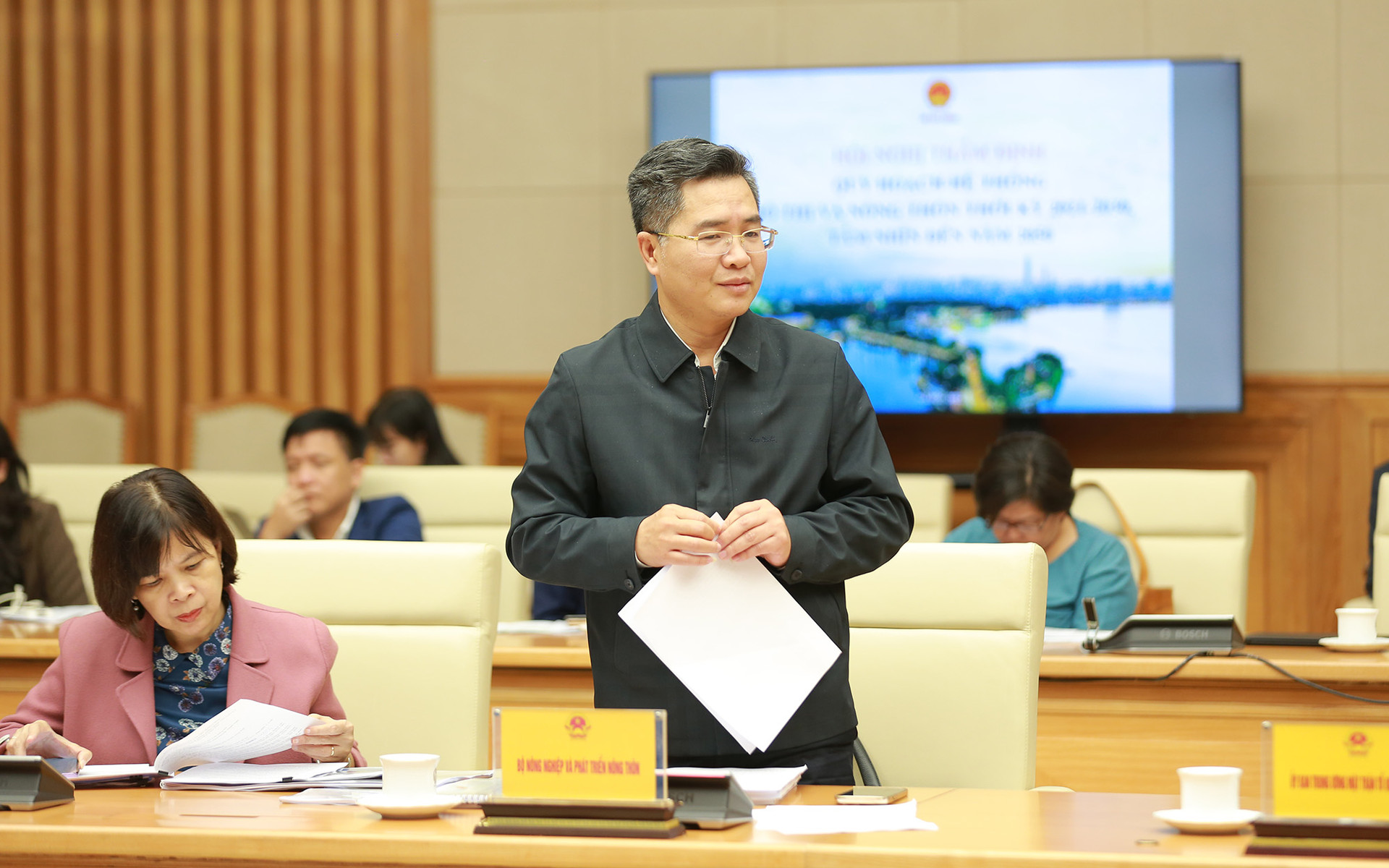
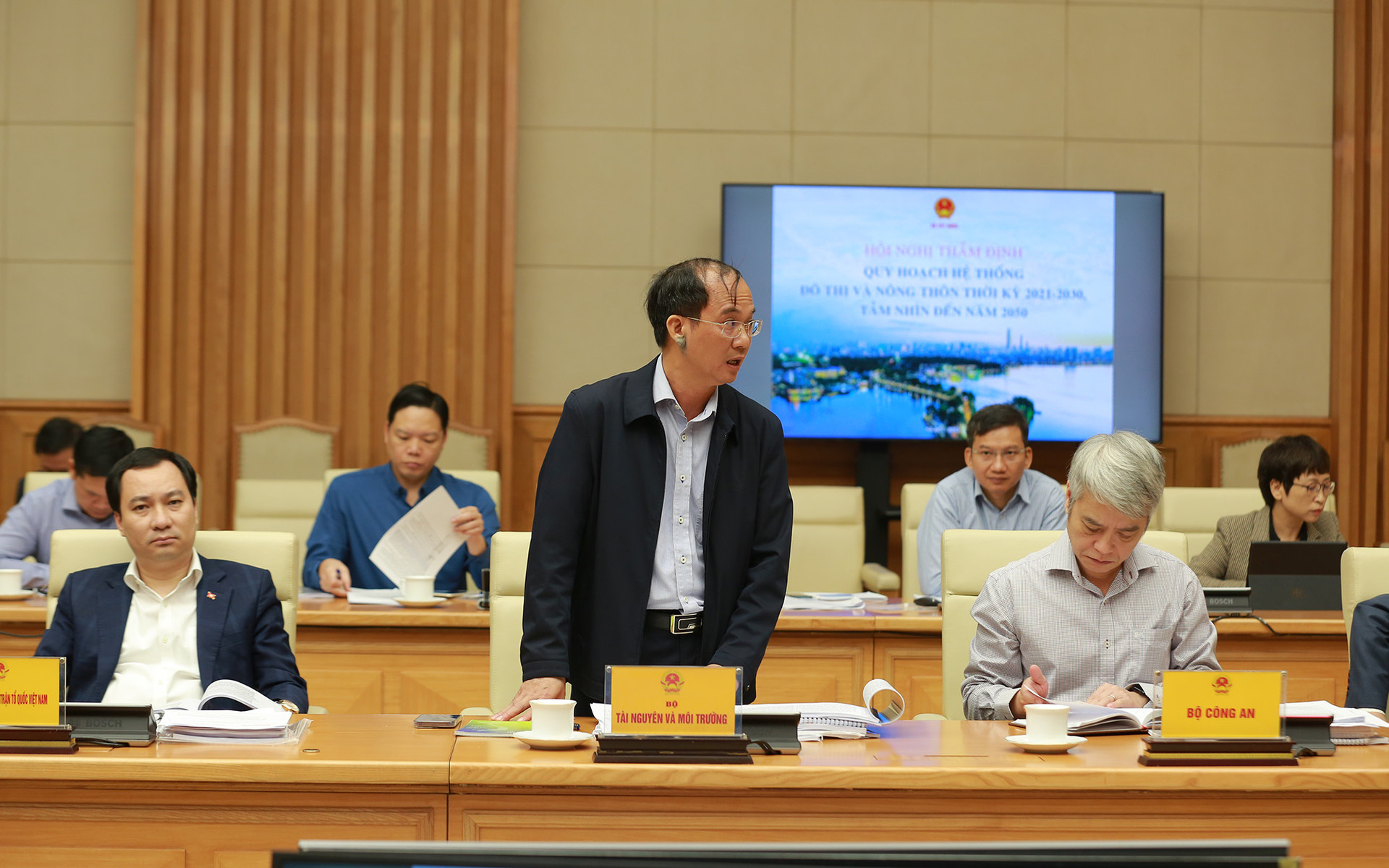
Representatives of several ministries, sectors, review experts, and planning consulting units spoke at the meeting - Photo: VGP/Minh Khoi
At the meeting, the reviewers and representatives of several ministries and sectors clarified the requirements and solutions to ensure the urban and rural technical infrastructure system. Mechanisms and policies to ensure urban-rural connectivity in regional and sectoral linkages. Principles and criteria for distributing and organizing rural residential areas associated with agricultural and natural ecological zones, ensuring livelihoods with diverse economic activities, preserving cultural identity, preventing and avoiding natural disasters and landslides. The main environmental issues raised in the Plan include the decline in reserves, water quality, air, biodiversity; increased solid waste, risks of natural disasters and environmental incidents, etc.
Building criteria for urban and rural development
Concluding the meeting, Deputy Prime Minister Tran Hong Ha emphasized that this is the first time that the Planning of urban and rural systems, living space, future development, and people's livelihoods has been established at the national level. Therefore, the Planning must be a tool to concretize and realize the orientations, goals, and tasks of the Party and State on industrialization, modernization, energy conversion, infrastructure, socio-culture, education, health care, national security, etc.
According to the Deputy Prime Minister, the Urban and Rural System Planning will spatially connect national master plans, regional plans, and specialized plans. Therefore, along with clarifying and perfecting the legal bases, consulting units, experts, and scientists need to develop and supplement concepts and criteria as scientific bases and planning methods, based on full access to scenario information on the natural environment, climate change, geological maps, geomorphology, etc. to decide on specific functions and conditions for urban and rural development.
"The planning must point out issues related to planning work, planning management, methodology, existing problems and limitations in urban and rural areas, thereby determining the contents, immediate and long-term work and specific and appropriate implementation roadmap," the Deputy Prime Minister suggested.
Deputy Prime Minister Tran Hong Ha assigned the Ministry of Construction and the consulting unit to fully absorb all comments and contributions - Photo: VGP/Minh Khoi
The Deputy Prime Minister outlined a number of consistent orientations when establishing and implementing the Urban and Rural System Planning, such as: Green transformation, environmental friendliness, climate change adaptation, digital transformation, building criteria for civilization and happiness; preserving national cultural identity in landscape architecture; innovating thinking about technical infrastructure, etc.
At the same time, the Plan must clarify the content of rural economic development in agriculture, non-agricultural services, trade, tourism, craft villages, etc.; focus on the differences and cultural characteristics of coastal, mountainous, and delta rural areas, with a clean environment, in harmony with nature, and closer to people.
The Deputy Prime Minister requested a comprehensive analysis of existing urban and rural models to determine the next direction of urban cluster models, satellite cities, cities within cities, rural areas within cities, etc., paying attention to harmoniously and effectively combining infrastructure and technical systems with urban development.
"In addition to urban and rural spaces, the Planning needs to pay more attention to other spaces such as buffer zones of urban areas and rural residential areas, covering living spaces, conservation, cultural and natural elements," said the Deputy Prime Minister.
Agreeing with opinions that without infrastructure there can be no development, the Deputy Prime Minister noted to avoid the situation of urban areas following routes but instead forming urban areas according to routes and traffic directions.
The Deputy Prime Minister affirmed that the Planning is the first step in defining the scientific and legal issues that need to be completed; at the same time, it builds criteria to achieve comprehensive goals in terms of technology, economy, society, efficiency, sustainable development, environmental protection, green transformation... in urban and rural development. Only then can we overcome and handle current shortcomings and inadequacies, provide solutions to future problems, while still preserving and promoting the inherent values of urban and rural areas in Vietnam.
The Deputy Prime Minister assigned the Ministry of Construction and the consulting unit to fully absorb the comments and have a plan to build a database on technology, economy, society, etc. to serve the implementation of the Planning.
Source


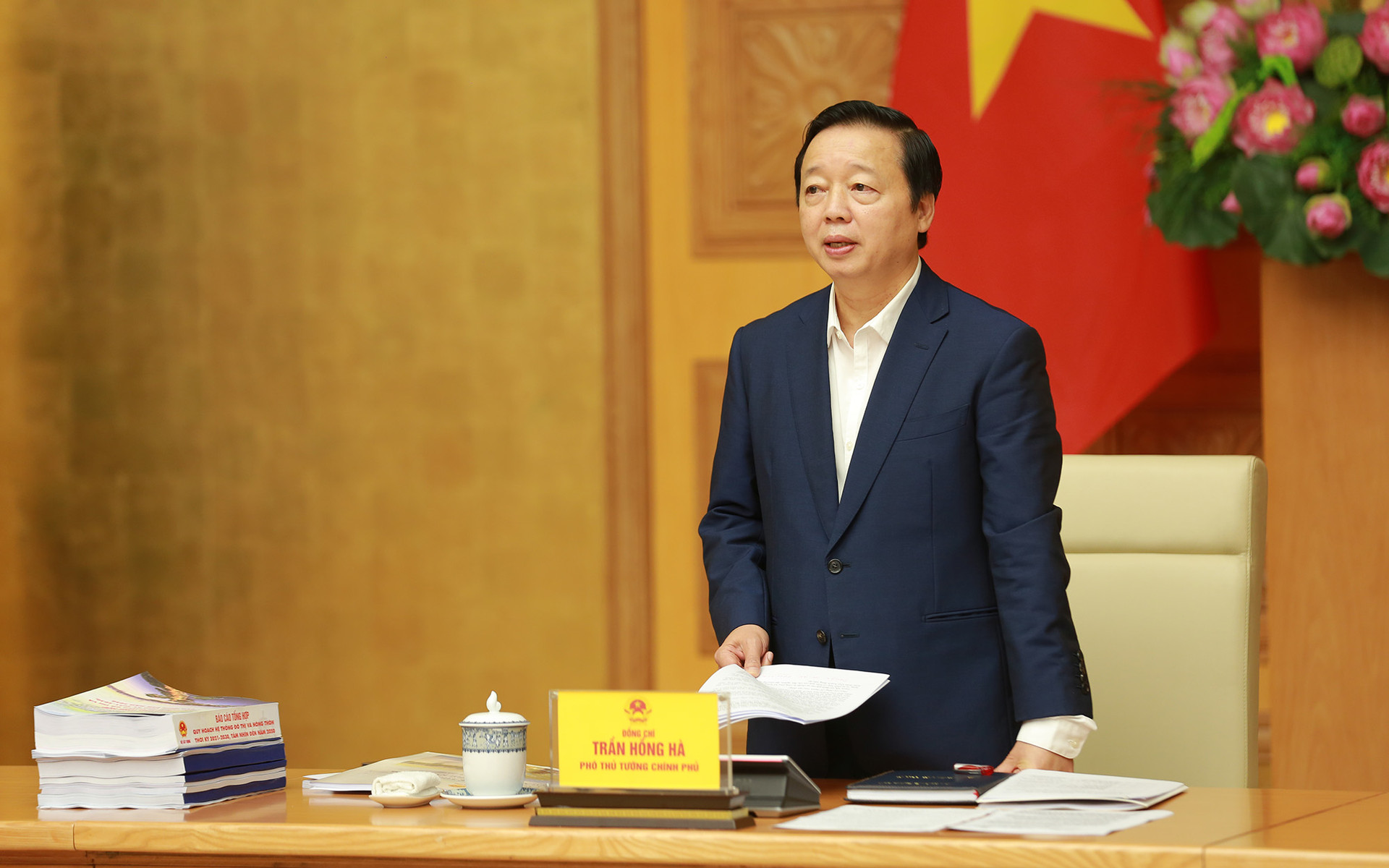
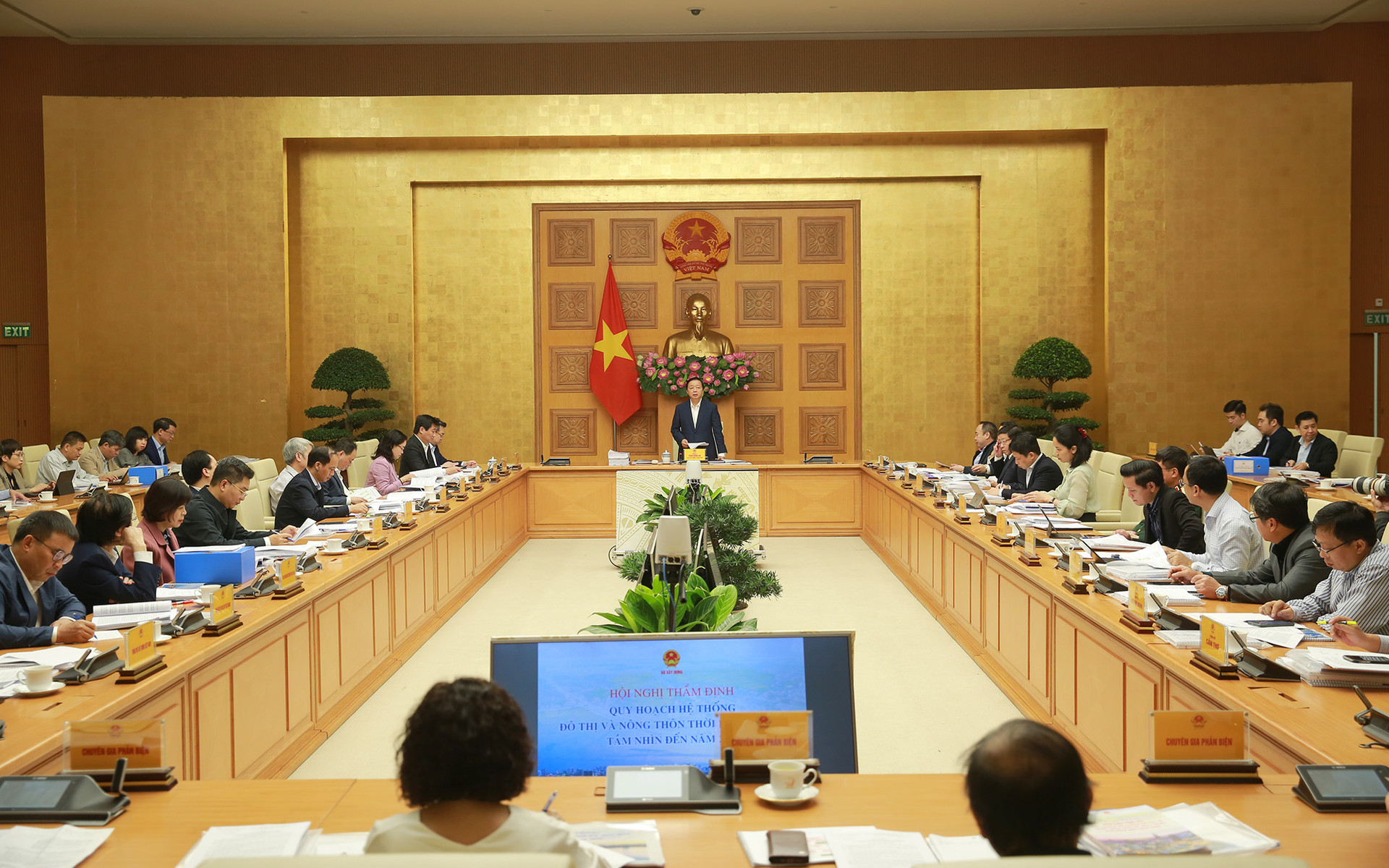








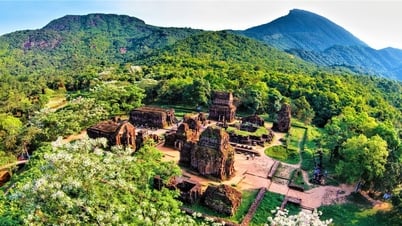

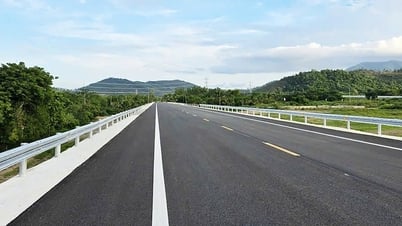

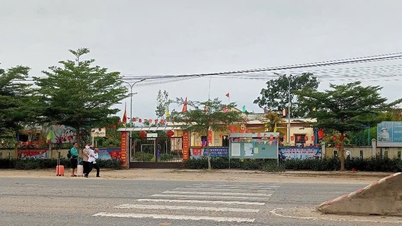
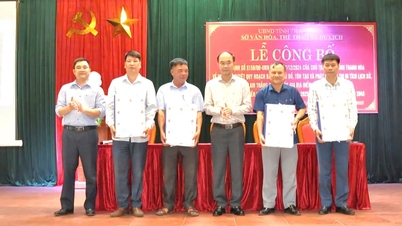

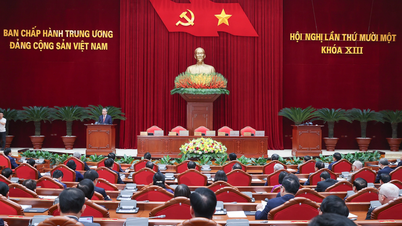



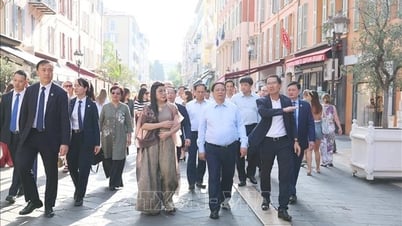





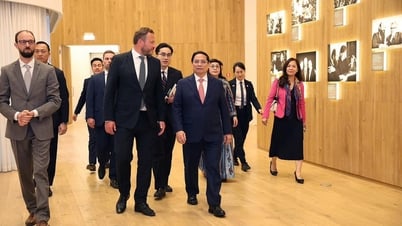




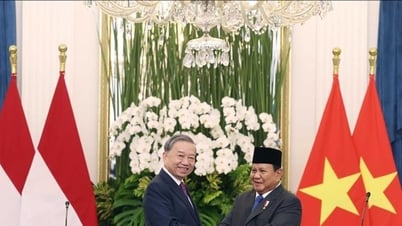
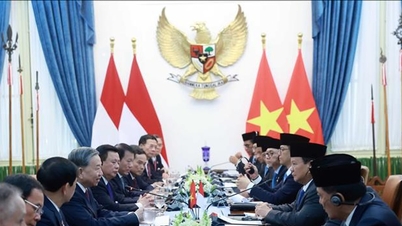

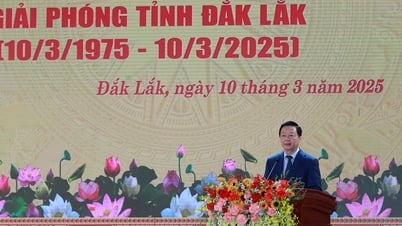
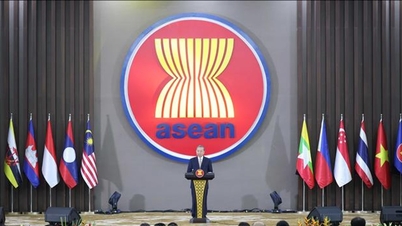


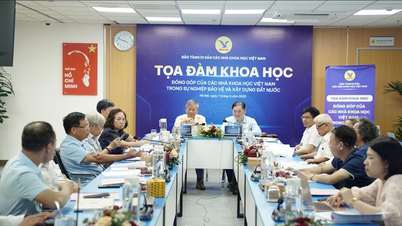

























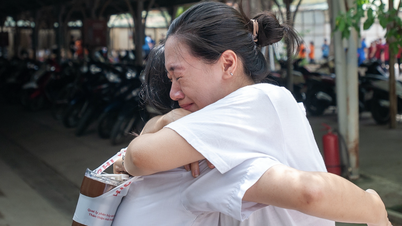





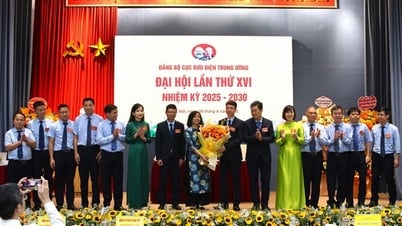













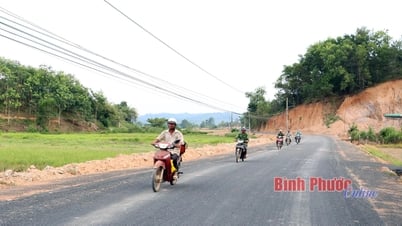











![[OCOP REVIEW] Tu Duyen Syrup - The essence of herbs from the mountains and forests of Nhu Thanh](https://vphoto.vietnam.vn/thumb/402x226/vietnam/resource/IMAGE/2025/6/5/58ca32fce4ec44039e444fbfae7e75ec)






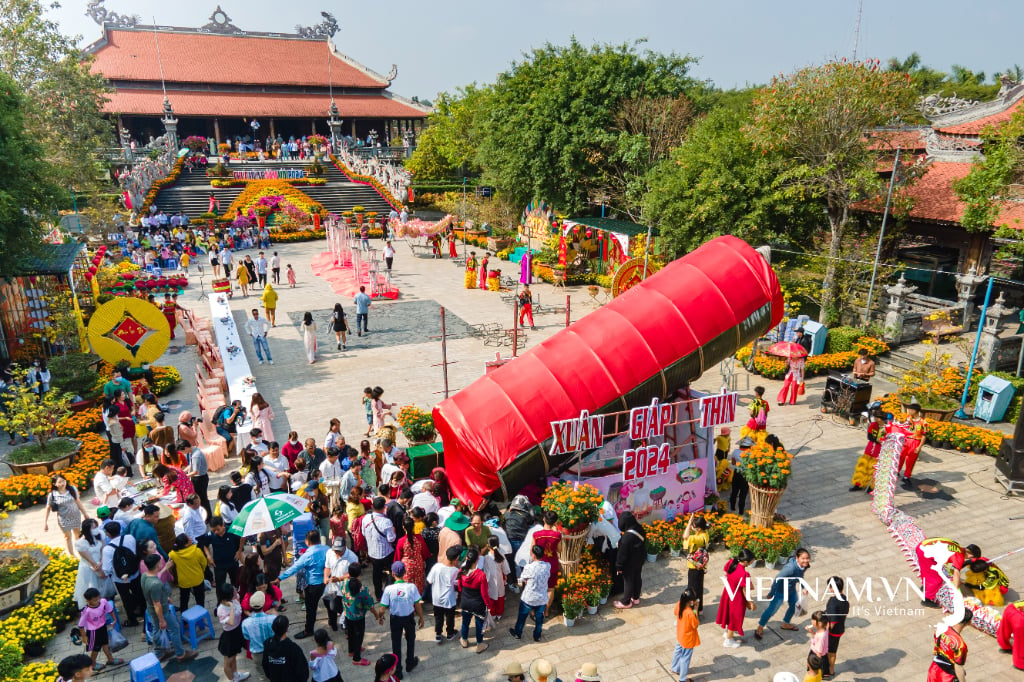
Comment (0)